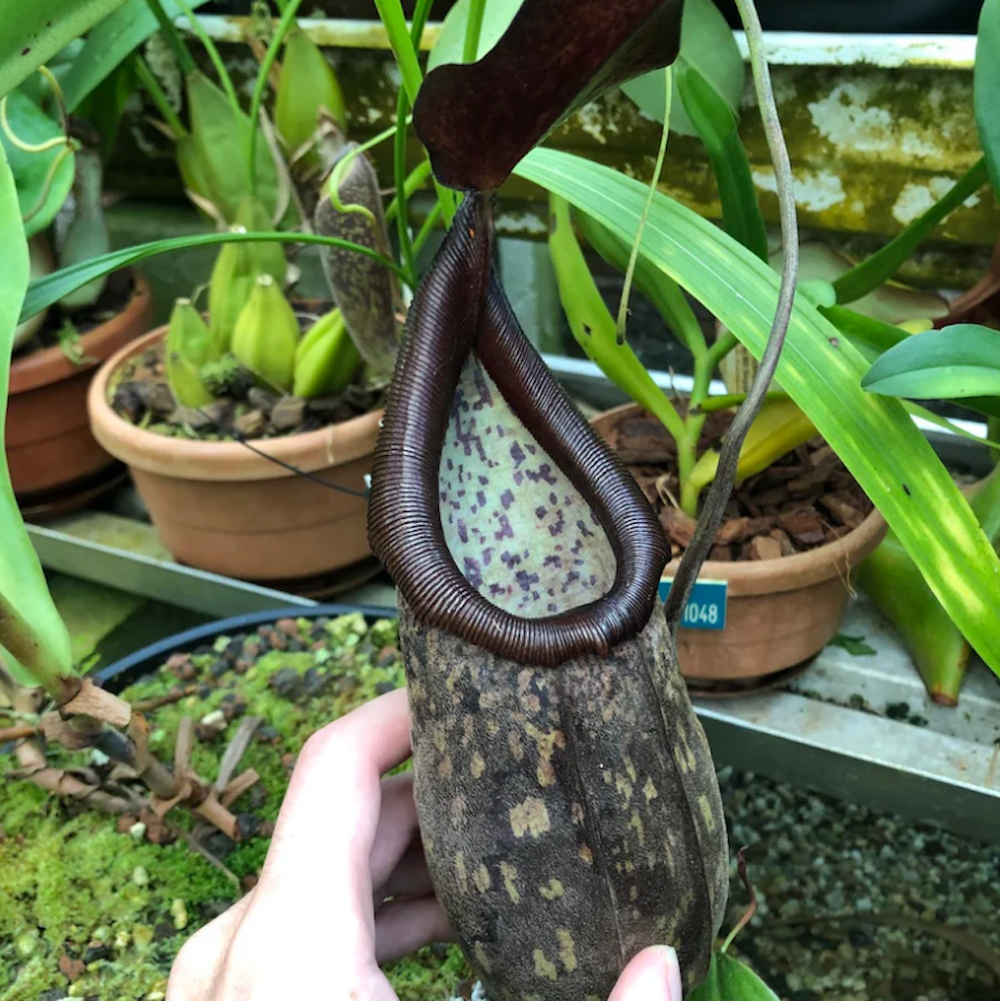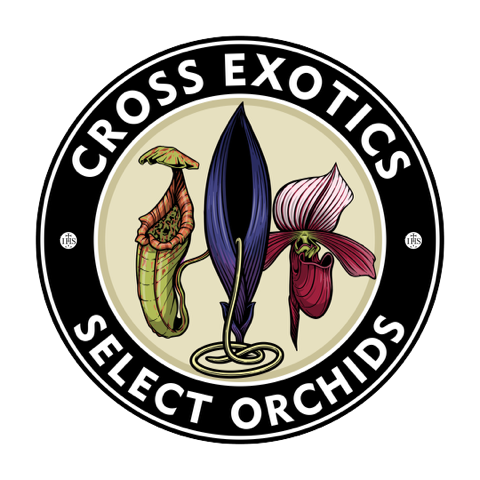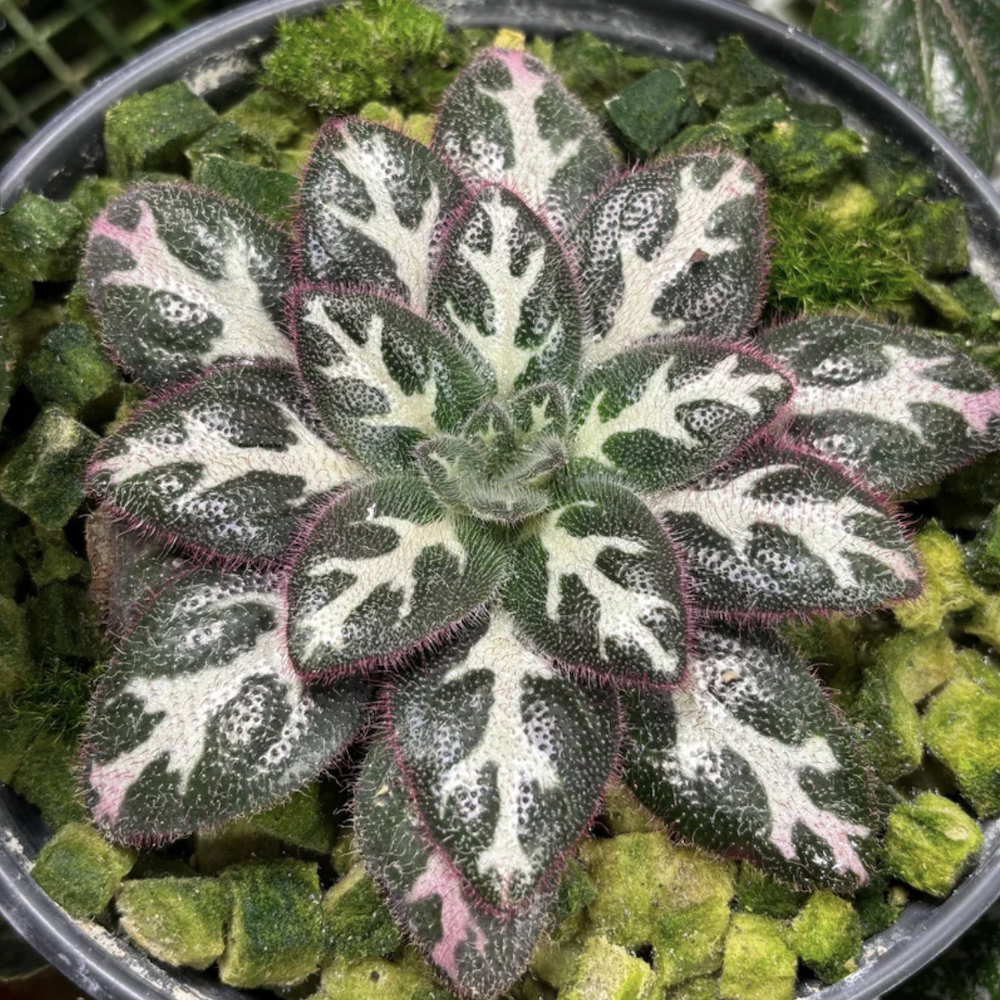The Endangered Nepenthes

Pictured, Nepenthes rigidifolia at Leiden Botanical Garden.
Of all the Nepenthes, only a few are usually considered endangered. The most famous of these are Nepenthes rigidifolia from various locations in Sumatra, and N. clipeata from Mount Kelam in the Kalimantan side of Borneo. However, other species such as N. tenuis and N. suratensis can be considered equally threatened based on what “we know” of their current populations.
In Sumatra, N. rigidifolia was discovered at a small population of plants. The plant superficially resembles the much more common N. spectabilis but with a squatter and darker colored pitcher. The species was named after its stiff leaves which are unlike spectabilis’ leaves. Both species occur together in the wild and as a result numerous hybrids between the two exist and have thwarted attempts to tissue culture N. rigidifolia, as the seedlings almost invariably end up being rigidifolia x spectabilis when grown out. Out of all the nurseries, only one, Malesiana Tropicals ever successfully got the real species into tissue culture, it is believed to be about 10 clones total that they have but only a random mix of 3-4 clones are ever released. This is a great way of saying the other clones died in TC. Of these available clones it is believed that all are male. Unfortunately, Malesiana Tropicals changed focus with the departure of Chien Lee and now produces agricultural crops. Their Nepenthes availability and consequently N. rigidifolia availability have suffered as a result.
The great shortage of N. rigidifolia in cultivation and its supposed rarity in the wild, only ever being found in small populations of a handful of plants which were subsequently wild collected, has caused a rather high demand to result for this species. This high demand has caused it to be worth as much if not more so, than N. edwardsiana which is well known for being one of the most expensive Nepenthes species. However, unlike N. edwardsiana with its striking color and disked peristome, N. rigidifolia is interesting but not remarkable. The desire for this species for the most part is simply because it is rare and endangered, not because of the plant’s merits.
In 2021, the “last” known population, if it can be called that, of N. rigidifolia was wild collected. That population comprised of a single medium sized specimen and no other plants had been found in the vicinity. As such, it can be considered extinct in the wild and in cultivation it is not much better off, with all known bloomed plants having turned out male although one plant at Leiden Botanic Garden is believed to be female based on gender tests. The species has essentially reached a dead end on paper.
However, this is not the full picture because all the discovered and now extirpated populations of rigidifolia have been strangely small. It is simply not possible for the species to sustain itself in the wild with such small populations, especially considering that Nepenthes are dioecious and the chances of both a male and female rigidifolia blooming at the same time with such small populations is incredibly unlikely. This means that somewhere in Sumatra there is at least one large population of N. rigidifolia that is unknown to botanists and all the populations thus far discovered are simply colonies from that population spread to their respective locations by various means.
In fact, it is quite clear that N. rigidifolia is still in the wild. Periodically since the supposed extinction, it is rumored about that a new population of just a few plants has been discovered by a local who just so happens turns out to be selling them too. And once more it is “extinct” and a couple months later the process repeats. Clearly, wild plant collectors have capitalized on N. rigidifolia being “extinct” to continue driving up demand by carefully releasing only a few plants at a time when the truth is that the population they are collecting from is much larger than anything they say.

Pictured, Nepenthes clipeata AW clone U grown at Leiden Botanical Gardens, Holland. This was the first Nepenthes grown by the curator Rogier.
Nepenthes clipeata is a charismatic species, unique from all the other Nepenthes with its extremely peltate round leaves and interesting pitchers with striped peristomes. Growing on the giant dome shaped Mount Kelam with its sheer granite cliffs surrounded in the lowlands by farms, it all seems a bit out of place. Leading up one side of the mountain is a rickety metal ladder that leads one up to the sweltering peak where it is relatively flat and covered by various shrubs. This ladder was put in to make access to the mountain easier and it certainly made the jobs of wild plant collectors much easier in comparison to the homemade ladders they used to use to precariously get to the top. Today, one would be very hard pressed to find any N. clipeata on the mountain since while there are some left, those remaining plants have already eluded many wild collectors and therefore are well hidden. More widespread to the point of being weedy, are Nepenthes reinwardtiana. The giant vining clumps that the species makes has been considered such a threat to the continued existence of N. clipeata that people have hacked the plants back with machetes in hopes that will lessen the amount of reinwardtiana blooming – since whenever a female clipeata blooms it would promptly be swamped by reinwardtiana pollen before a male clipeata ever has a chance.
As a result of clipeata’s status in the wild, it has been the subject of multiple conservation attempts. One was an attempt to make a list of all the N. clipeata clones in cultivation to keep track of them. However, this did not take off as many of the clones in cultivation are the same and also come and go as many clipeata die. To add to the confusion is the mysterious clipeata x (eymae x clip) hybrids that was made supposedly by the Munich Botanical Gardens. More information on this can be found on nepenthesaroundthehouse but apparently it was sold by BE once and originated in the TC of John deKanel who I believe helped BE starting out. This hybrid is rarely talked about now but I’m sure it is still floating about as real clipeata and therefore has or will be used eventually to breed “horticultural seeds.” At that point, it will be absolutely impossible to tell from the real thing. We can only carefully scrutinize the “clipeata” being sold and hope they are the real deal.
More recently apparently, a reintroduction effort of tissue culture clipeata was rumored to have been made on Mount Kelam. However, this really was a bad idea and likely won’t work as the plantlets were planted on the cliffsides supposedly out of reach of collectors. Supposedly many of the plants died soon after planting due to the sun exposure on the cliffs. But this effort is hearsay.
Like N. rigidifolia, N. clipeata’s status in the wild is likely not as dire as it seems, at least for now. While the Mount Kelam population has been devastated without a doubt, the species is rumored to occur on at least a couple other mountains, and on those hopefully it occurs in healthy sized populations still. In the US and Europe, there is a limited and mostly constant supply of this species unlike N. rigidifolia. While female clipeata blooming is a rarity still and clipeata seeds have only been made in cultivation a handful of times, there is a good amount of mature males in cultivation which have proven themselves as good parents in hybrids, although it is very dominant in its hybrids. Most plants floating around in Western cultivation are the old AW clones, but a few new clones and the natural hybrid clip x rein are sold by Floravitro from seeds collected by a German grower on the Mcpherson Mt. Kelam trip a few years back (seed stalk visible on the redfern video on the trip). There is other seed grown sources too, typically originating from one grower in Asia that periodically makes seeds and is then accused of being a “poacher.” The origins of the BE clones are mysterious, and I do not recall if EP has released their own clip before. Whatever the case in situ, we can enjoy the plants we have and try to grow them to the best of our ability.



